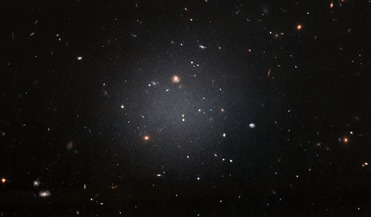 29 March 2018
A see-through galaxy questions the need for dark matter
29 March 2018
A see-through galaxy questions the need for dark matter
... gravitational effects it appears to have on astronomical objects. However, this new study by astronomers using the NASA/ESA Hubble Space Telescope and several other observatories of a galaxy known as NGC 1052-DF2 that appears to have very little...
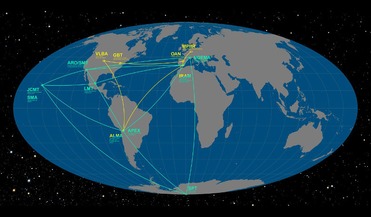 03 April 2017
Milky Way black hole search begins
03 April 2017
Milky Way black hole search begins
... in. By using this approach, scientists can achieve a far higher resolution than normal – up to 2000 times that of the Hubble Space Telescope – which is crucial for detecting an object that does not emit light and is over 26 000 light-years...
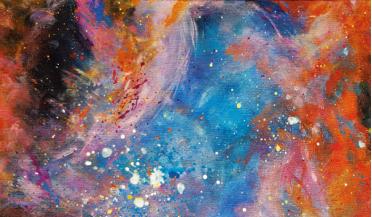 May 2024
The universe in acrylics - an artist’s passion
May 2024
The universe in acrylics - an artist’s passion
... Nebula’s wingspan which covers over three light-years. The painting is inspired by a 2009 close up from the Hubble Space Telescope’s Wide Field Camera 3, installed during the final shuttle servicing mission. I worked in almost neon pinks and...
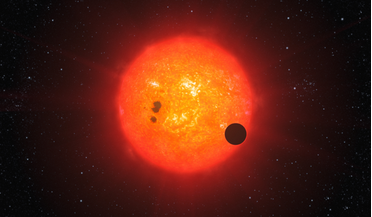 17 February 2020
Earth-sized planet behind unusual star signals say astronomers
17 February 2020
Earth-sized planet behind unusual star signals say astronomers
...approximately 300,000 square meters. For comparison, the size of the mirror tucked away on aboard the Hubble Space Telescope is around 2.4 metres. Depending on the wavelength or frequency of the light from a star, scientists know what type of process...
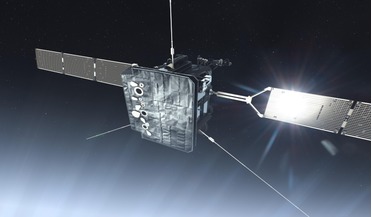 15 May 2020
An unexpected meeting could see Solar Orbiter study Comet ATLAS
15 May 2020
An unexpected meeting could see Solar Orbiter study Comet ATLAS
... will reach its nearest point to Earth on 23 May and come to perihelion (closest to the Sun) on 31 May, 2020. Hubble Space Telescope image of comet C/2019 Y4 (ATLAS) on April 20, 2020. Image via NASA/ ESA/ STScI/ D. Jewitt (UCLA) If you've enjoyed...
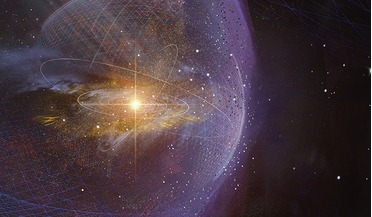 January 2022
Revealing the magnetic universe
January 2022
Revealing the magnetic universe
...universe. Magnetic fields lines in Messier 82 overlaid on a visible and infrared composite image from the Hubble Space Telescope and the Spitzer Space Telescope. The galactic superwind from the central starburst is blasting out plumes of hot gas (red...